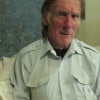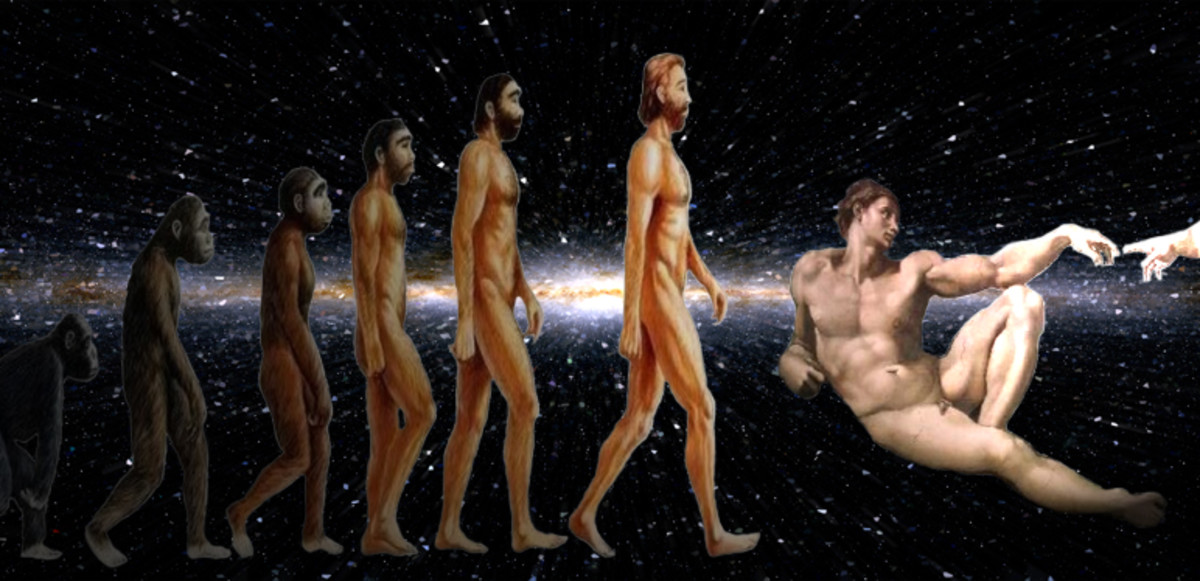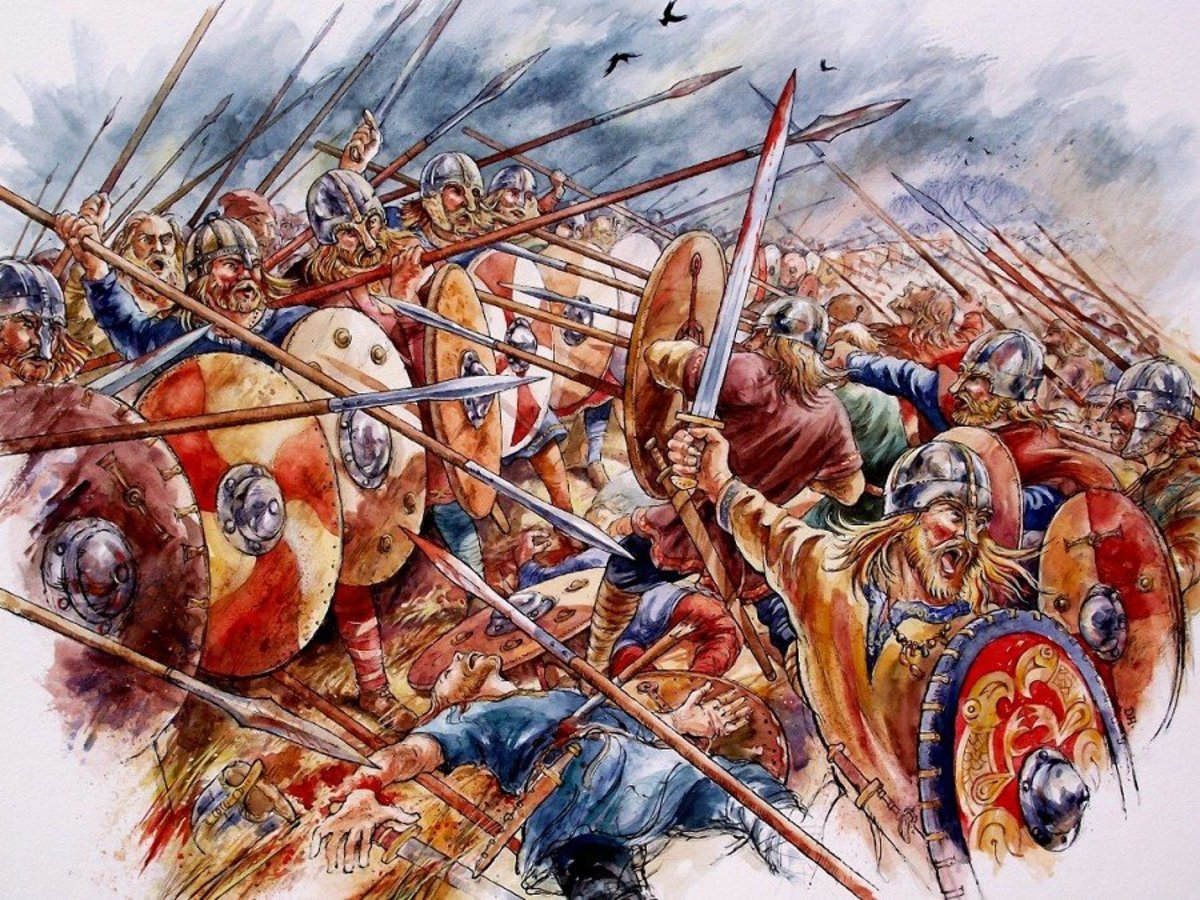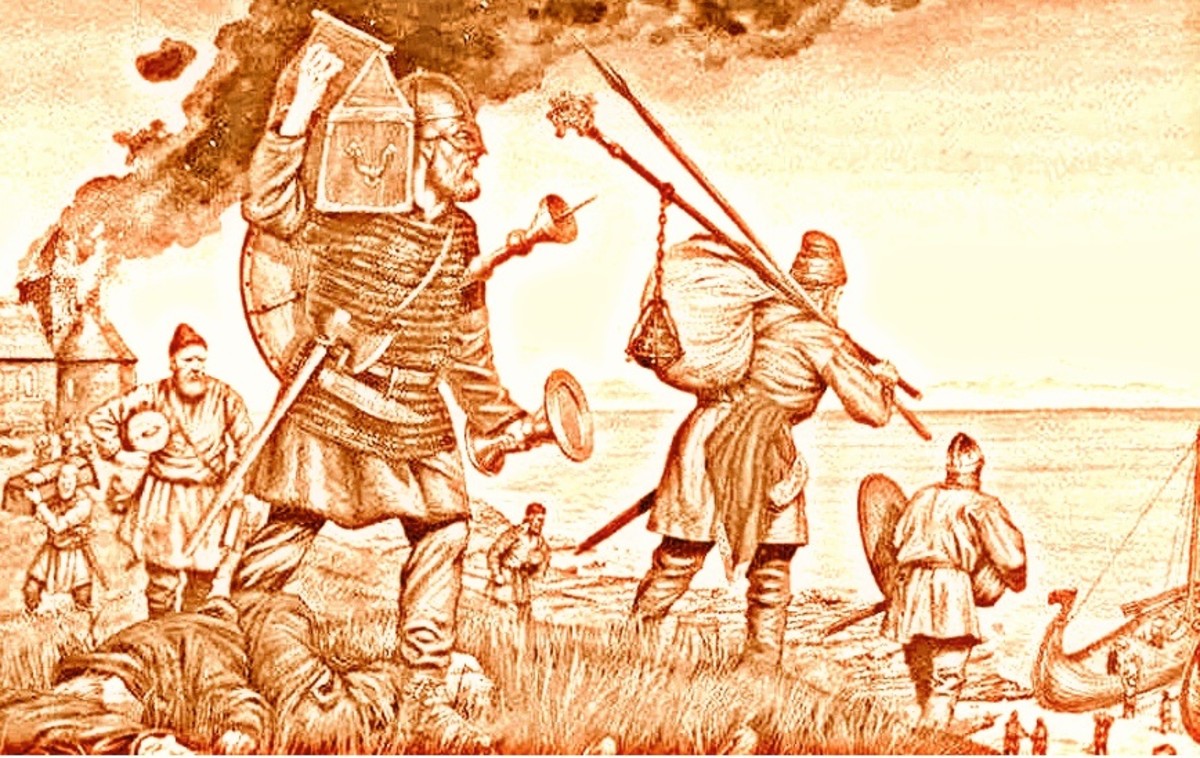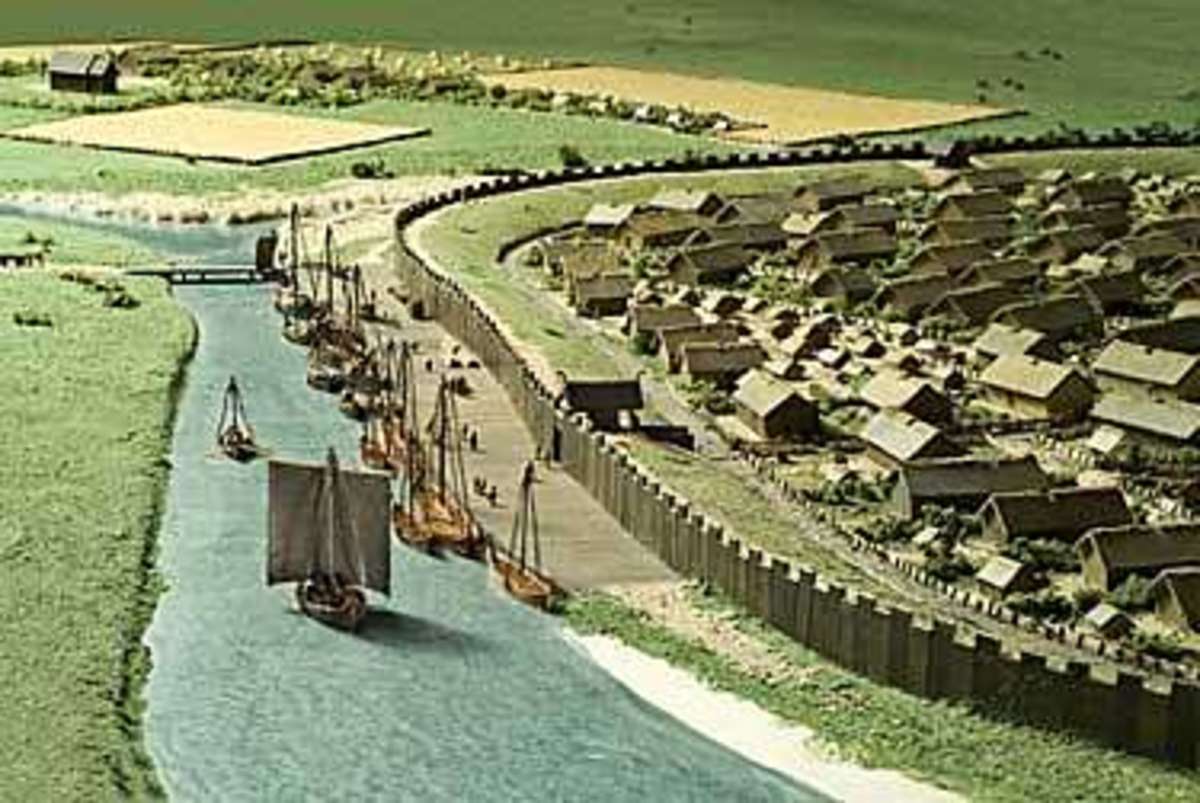- HubPages»
- Education and Science»
- History & Archaeology»
- History of Europe
Viking - 17: Cross the Sea to the Land of Ice and Fire - Escape the King's Taxman for the Mouth of Hell
"Better a humble dwelling than none at all. A man is master in his home, a beggar has a bleeding heart where every meal is given as alms".
Havamal
Land of contrasts that inspired the sagas
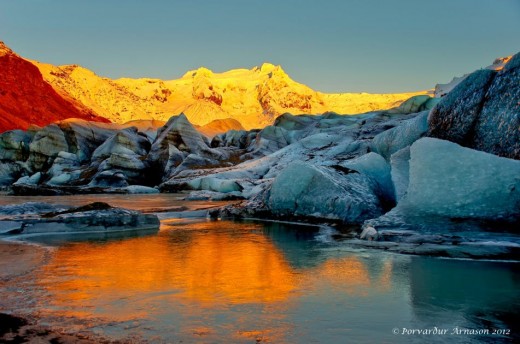
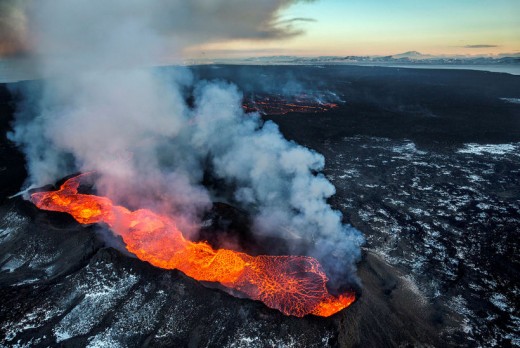
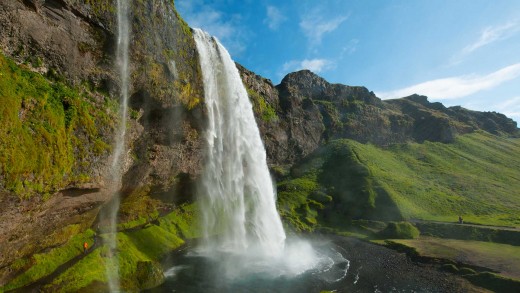
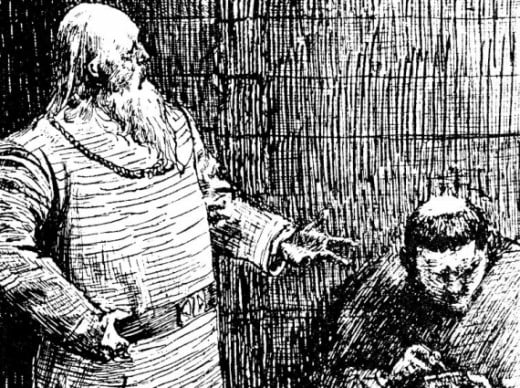
Sagaland
The sagas passed down through generations by word of mouth, 'Njal's Saga', 'Laxdaela Saga', 'Svarfdaela Saga' and so on... Numberless stories of fighting, neighbour against neighbour, within kindred, against the law; feuds leading to endless vengeance that eventually grew into civil war. It might have been inevitable on an island of 39,769 square miles (103,000 sq.km) with large tracts of land unusable - volcanoes, lava-fields etcetera - and more arriving from Norway. One man wrote much of this down, and of the Norse kings and their role in the supernatural.
Other sagas were penned before and after by clerics or monks. Snorri Sturluson compiled Iceland's violent past, translated by among others Magnus Magnusson and Herman Palsson as books in the Penguin series. There are stories of discovery such as the Graenlendinga Saga and Vinland Sagas, and there are stories of monumental struggle such as Orkneyinga Saga that sees participants range around the shores of northern Britain, its earls bitten by the swords of Englishmen at Brunanburh, Irishmen at Clontarf, and Scots in Caithness and Sutherland. The tales of neighbourly struggle are told in 'Njal's Saga', 'Eyrbyggja Saga', 'Laxdaela Saga' and many more. Snorri Sturlusson's writings enabled outsiders to see inside his native Iceland, and inspired other writers such as J R R Tolkien. His inspiration probably came from studying the Volsunga Saga - which also unhappily inspired the Nazis - to knit together Norse myths with those of other northern tribes such as the Finns and Slavs.
Iceland had no king to begin with (the kings of Norway and later Denmark were to lay claim on the island as part of their extended kingdoms), but there were those landowners who made it their business to embrace the island within their 'empires'. There would always be territorial claims by men who held power and the financial wherewithal from trade, landowning or naked land-grabbing.
The islanders took a vote at the Althing in the year 1,000 to embrace Christianity. (A missionary had been sent by Olaf Tryggvason, who threatened a trade embargo if the islanders failed to knuckle under and accept the new faith). Priests of Thor who held with the old beliefs were not hounded out, but felt they had been sidelined and tried to regain some of their old following. One saga deals with this. As one of the issues involving the inhabitants of Eyjar, 'Eyrbyggja Saga' tells of Snorri the Priest who forsakes his old beliefs after realising he would be consigned to the dustbin of history. As it turned out, Olaf was not long for this world either. He was killed at Svold, having made enemies within his own kingdom because of his own missionary zeal and high taxes. His missionary namesake (Saint) Olaf Haraldsson made the same mistake, but by that time Iceland was more or less fully Christianised and the outcome of the Battle of Stiklestad in AD1030 had no bearing on their lives.
Sailing westward over the Atlantic was not easy...
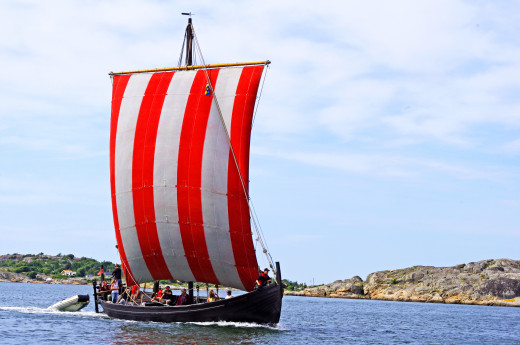
Getting away
Harald 'Fairhair' (Harfagri), son of Halfdan 'the Black' came into his own at the age of ten when his father drowned, accidentally falling through the ice of a frozen lake. Harald was set on unifying the petty kingdoms and earldoms on the Atlantic coast of Scandinavia. As king of Vestfold - west of the Oslo Fjord - he had a choice of some of the best land in the south-west. He had a burning ambition to rule the rest, however, and at the tender age of fifteen took on the other kings at the battle of Hafrsfjord. Some of the surviving opposition sailed west over the sea to Orkney and Shetland, from where they mounted raids on Harald's domain. Angered by these raids, Harald set out to take the northern isles off the coast of Scotland as well. He wished to make provision for his many offspring, notable amongst whom being Eirik, nicknamed 'Blood-axe', and the lands were divided amongst them before his death in 930 AD. Harald tried after his victory at Hafrsfjord to appropriate all Odal land, turning freeholders into tenants of the crown. That was the impetus for a large section of the population to settle Iceland. Yet settlement of Thule, as the island had been known from classic times, had begun in 870 AD, well before Harald's time. The whole , then, for the exodus cannot be laid at Harald's door.
The Faeroe Islands would have been an ideal stepping stone for the migrants on their way to the new land. The steeply-cliffed islands had been settled by Irish monks long before on their way into voluntary exile. Those few monks who had stayed soon made their way off westward when the Norsemen first showed. On, north-westward the settlers sailed, some staying on the Faeroes.
When winds allowed the chiefs would unleash their ravens to circle overhead and fly on landward if they were able to see the coastline. When the birds returned the men knew there was still some way to go. The ravens would be set free again a day or so later. When this time the birds flew on, sail was set to follow their course. On sighting land the chief's high seat was dropped overboard. Where it came to rest on the foreshore that was where settlement would be made. First to be settled was Reykjavik on the western side of the island, at the head of a long fjord. Soon other colonies spread, and by the early tenth century the whole south-west was filling up.
Sites were found almost halfway through the century for the meetings, the things. A central site for the south-west was found for the main meeting place, the Althing near the head of the Hvalfjordur - the Whale fjord - at a plain surrounded by mountains they named Thingvellir. In 1000 AD the inhabitants of Iceland came to an agreement by a majority to adopt Christianity as the state religion. Those who were unconvinced by the belief and their priests were tolerated, but the island became wholly Christian within a generation or two.
Snorri Sturluson (- see above)
The sagas, Njal's Saga, Eyrbyggya Saga, Hrafnkel's Saga, amongst others, were set down by Snorri Sturluson, the historian and writer born in 1179. He was murdered in 1241 at the behest of King Hakon IV of Norway for his friendship with the treasonous Jarl Skuli. His greatest collection of writings was Heimskringla, the biographies of the Scandinavian kings, and another great work was the Prose Edda, an anthology of the Norse gods and the creation of the world according to their beliefs, ending with the end of the world, Ragnarok . Amongst his other talents, Snorri was an accomplished lawspeaker and poet, a skald, writings in praise of the Scandinavian kings and nobles.
An A- Z of Norse personalities, activities and political elbowing from Adam of Bremen to York
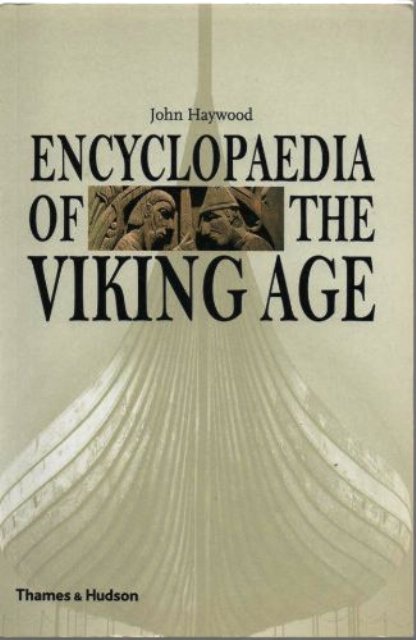
At home under one roof
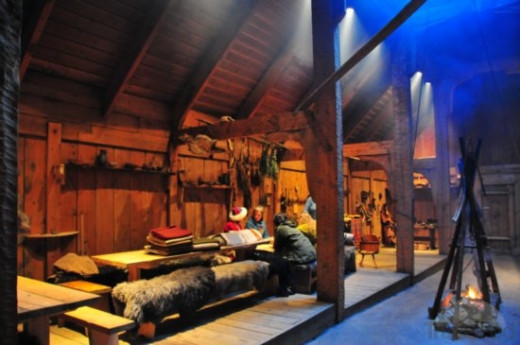
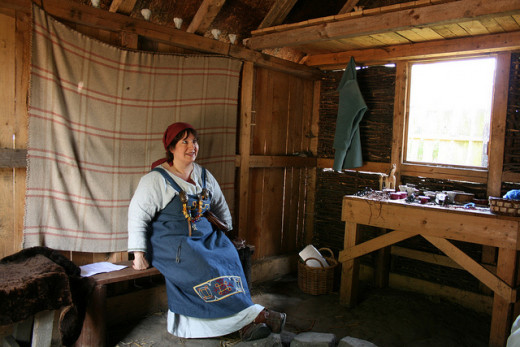
A land named Thule
The landscape of Iceland (Island, pronounced Iss-land) is famously spectacular, known as Nature's geological laboratory because of its active volcanoes, the most vigorously active on the face of the planet. Icelanders have put up with the activity of its volcanoes every half decade or so. In terms of its geology the island is still young, having formed originally in a chain of volcanic hiccups only about 20 million years ago.
The island was not there before, rising above the surface of the sea from a fault between tectonic plates. Around 200 million years ago the major continents were jammed together in one land-mass known to scientists as Pangaea. Pressure from beneath the crust finally cracked open the 'super-continent', the plates gradually moving apart in different directions. Whilst the American continental plate settled into westward movement, leaving behind the Eurasia-African shelf, the Atlantic basin heaved upward, creating the Mid-Atlantic ridge. This ridge amounts to a meandering chain of sub-sea peaks 9,320.6 miles (15,000 km) long between Antarctica and the Azores and further still to Iceland. Magma - molten rock - underlying the rift shows on the surface in geological plumes, and Iceland is located on top of one such plume. With the spread of the sea floor, molten rock shoots outward through the vents to fill the gap and push apart the continental plates. This is how the Iceland plateau came about 20 million years ago, and is still active. Iceland is pulling apart at something like 3/4 inches (2 cm) annually.
The first eruptions brought about a platform of laminated layers of basalt lava flow, the basic bedrock of the island, roughly 32808 feet (10,000m) thick. It can be seen in the east and northwest of Iceland as much of it has been overlaid by later frenzied volcanic activity. At the start of the Pleistocene period of earth life (around 3 million years ago) there were massive outbursts of dolerite, or grey basalt. During the later Ice Age of 700,000 years ago Iceland was under a series of polar ice sheets which overlay much of the northern hemisphere, and the plume under the crust erupted time and time again. About 3,200 feet (1,000 metres) below the ice sheet volcanic activity pressed the land surface constantly upward. The mountains created by this terrific pressure were formed of compacted volcanic tufts and breccias called palagonite (in Icelandic: moberg). A fairly soft rock, rich in a tan-coloured hydrated glass this layer is easily moulded into individual and easily identifiable mountains that reach upward at each turn.
At the melting of the ice at the end of the Ice Age 10,000 years ago Iceland started to emerge roughly in the form you see now.
However, what you see now is still 'a work in progress'. Around 10% of Iceland's surface is under lava flows that have spilled out from over two hundred active volcanoes in recent time in the post-glacial era. Some of the cover is still there as handsome glaciers and ice caps that overlay another tenth of th land surfce including Europe's biggest, the Vatnajokull (the waters glacier) on the south-eastern coast fringe near the settlements of Svinafell, Adalbol and Thvotta.
At least thirty volcanoes have been active since the 'discovery' and settlement of Iceland over 1,000 years ago, several of them a number of times over. Mount Hekla was considered to be 'One of the mouths of Hell' throughout Europe in the Middle Ages. Hekla has erupted twenty times, the most recent erupton being in February, 2000. n earlier times Hekla was feared and hated, a map of Iceland dating to 1585 showing it in its full fury, captioned (in Latin):'Hekla, cursed with eternal fires and snow, vomits rocks with a hideous noise'. Modern Icelanders are more worried that another explosion will destroy its majestic shape - with a view to the tourist trade, of course!.
Next - 18: "Go west, young man!'
© 2010 Alan R Lancaster
